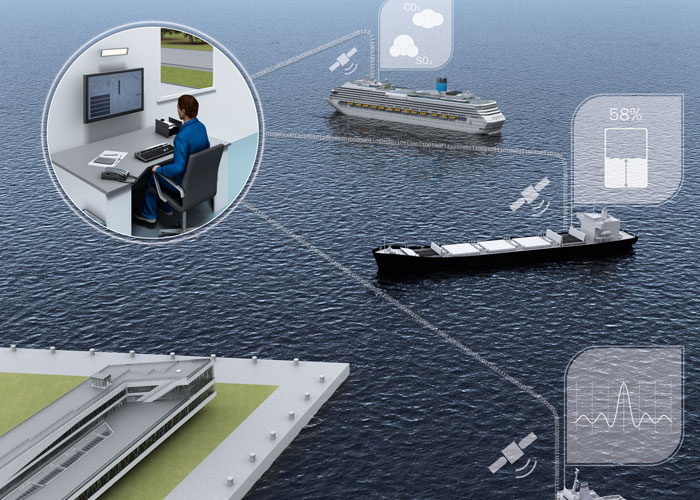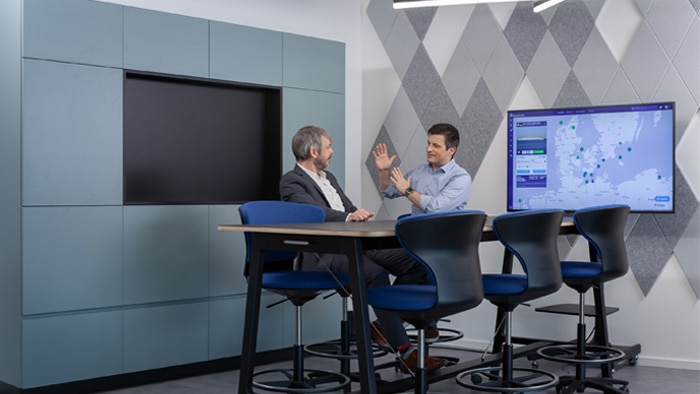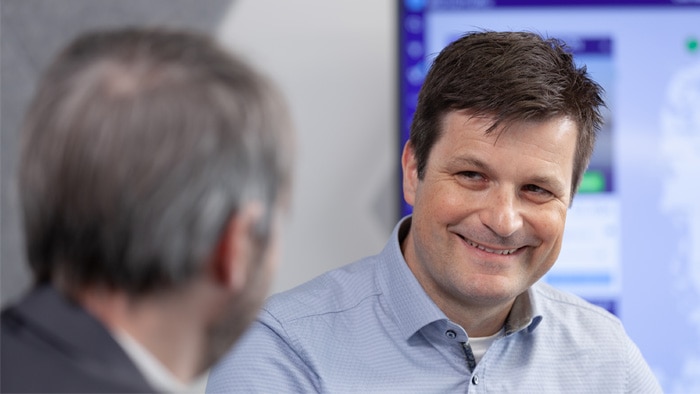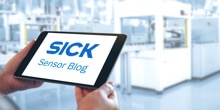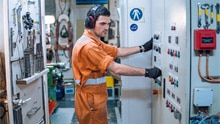Even in heavy seas - the Digital Twin in the cloud
The emission measurement devices have meanwhile been approved by the world’s seven largest classification societies, and thus cover 90 percent of the world fleet. “Our customers come from all over the world. Demand has been, and still is, enormous – particularly in China and South Korea, the classic ship-building nations. We are the market leader in ships’ emission measurement devices. An achievement that is all the more impressive considering that this area was new to us,” adds Brumm. But the MARSIC offers tremendous additional potential: The measurement device provides continuous data, and can thus form the basis for new applications because internet connection is now also possible on the high seas – so the data is constantly available via cloud solutions and can be accessed at all times. SICK is using this capability for its current work developing a variety of new maritime applications.
One such is a cloud-based digital twin of the physical MARSIC device – a ‘virtualized asset’ in Industry 4.0 jargon. Any sensor can be represented, and the device’s real-time data visualized on the SICK AssetHub, a cloud-based web service for SICK customers. It is therefore possible to see what the devices measuring at sea, so the shipping company can monitor the emissions. If there is a problem, for example a clogged filter, not only is the crew notified, but also the shipping company – and appropriate measures can be implemented.
The data creates transparency
It is also possible to link the MARSIC emission data with other data. In future, therefore, digital services will be able to combine these values with the ship’s position data and issue warnings when the ship enters a SECA zone, enabling the crew to take action in good time. Severe penalties can be imposed if a ship enters such a zone while its exhaust gas cleaning plant is switched off. Such fines can amount to millions – with potentially dire consequences for a shipping company. “The combination of different data sources always provides a good basis for generating a completely new level of transparency. In this case it offers shipping companies improved productivity and operational security,” says Alexander Wiestler, Head of Global Product Management GBC Global Integration Space.
